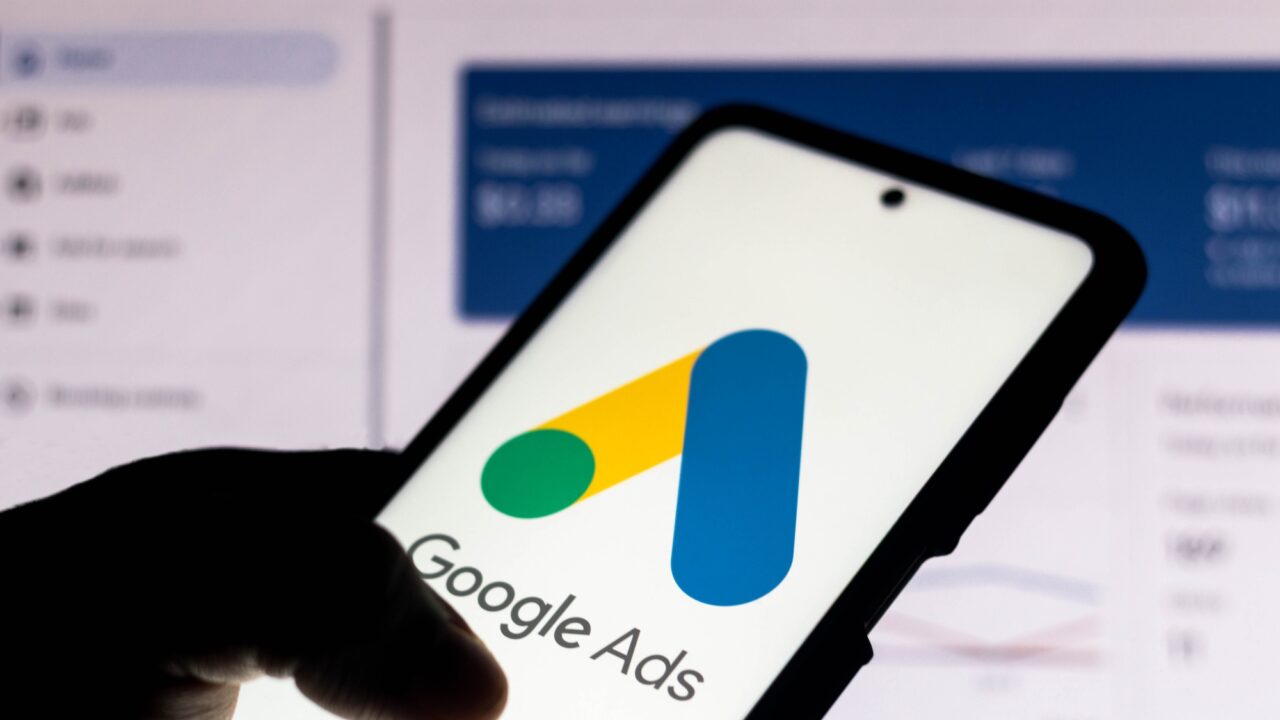
Google Ads: Complete Buyer's Guide
Dominant force in AI-powered retargeting for ecommerce
Google Ads represents the dominant force in AI-powered retargeting for ecommerce, leveraging its vast ecosystem reach to deliver automated campaign optimization across Search, Display, YouTube, Gmail, and Discover networks.
Market Position & Maturity
Market Standing
Google Ads maintains dominant market position as the world's largest digital advertising platform, processing over 8.5 billion searches daily and commanding significant market share across search, display, and video advertising channels[50][55].
Company Maturity
Google's established infrastructure and continuous innovation investment in AI-powered advertising technology reflect operational stability and consistent performance delivery across diverse market conditions[38][43][52].
Industry Recognition
The platform achieves average ROAS of 200% across industries, with exceptional implementations like Never Fully Dressed achieving 890% ROAS[49][54].
Strategic Partnerships
Deep integrations with major ecommerce platforms, particularly Shopify, enabling rapid deployment and optimization for online retailers[46][57].
Longevity Assessment
Long-term viability appears strong based on Google's market position, continuous innovation, and substantial resource investment in AI development[50][55].
Proof of Capabilities
Customer Evidence
Never Fully Dressed achieved 890% ROAS using Performance Max and Dynamic Search Ads, with Google Ads driving over 40% of online revenue through strategic automation and AI optimization[49]. Rifò documented a 20% conversion uplift through AI-powered search retargeting and successfully expanded into multiple European markets using Performance Max automation[52].
Quantified Outcomes
E-Shopify reduced cost per acquisition by 40% and increased conversions by 28% using Smart Bidding algorithms[48]. EcoGlow Skincare achieved a 35% sales increase through AI-personalized product pages, while VRAI experienced a 300% increase in ROAS through Shopify integration[29][53].
Market Validation
Automotive dealerships across 15 mid-to-large markets experienced 40% CTR increases, 175% engagement lifts, and 15% higher conversion rates using AI Audiences[38].
Competitive Wins
AI-driven campaigns deliver 2.3x higher click-through rates and 3.1x conversion rates compared to static banner retargeting[50][51]. Cart abandonment campaigns using Smart Bidding achieve 18.7% recovery rates versus 9.2% with rule-based approaches[48][55].
AI Technology
Google Ads' AI technology foundation centers on machine learning algorithms that process billions of signal combinations for real-time auction optimization[51].
Architecture
Core AI Architecture operates through three integrated systems that work in concert to deliver automated optimization[51].
Primary Competitors
AdRoll for multichannel orchestration, Criteo for dynamic product retargeting, and Meta Ads for social media retargeting[49][50].
Competitive Advantages
Ecosystem integration across Search, Display, YouTube, Gmail, and Discover networks that standalone platforms cannot match[50][55].
Market Positioning
Google Ads is the dominant platform for search-intent retargeting while facing increasing competition in specialized areas[45][55].
Win/Loss Scenarios
Google Ads excels for retailers prioritizing ecosystem reach, search-driven retargeting, and unified campaign management. However, it loses to specialized platforms when transparency, multichannel orchestration, or budget constraints take priority[49][50].
Key Features

Pros & Cons
Use Cases
Integrations
Pricing
Featured In Articles
Comprehensive analysis of Retargeting for Ecommerce for Ecommerce businesses and online retailers. Expert evaluation of features, pricing, and implementation.
How We Researched This Guide
About This Guide: This comprehensive analysis is based on extensive competitive intelligence and real-world implementation data from leading AI vendors. StayModern updates this guide quarterly to reflect market developments and vendor performance changes.
57+ verified sources per analysis including official documentation, customer reviews, analyst reports, and industry publications.
- • Vendor documentation & whitepapers
- • Customer testimonials & case studies
- • Third-party analyst assessments
- • Industry benchmarking reports
Standardized assessment framework across 8 key dimensions for objective comparison.
- • Technology capabilities & architecture
- • Market position & customer evidence
- • Implementation experience & support
- • Pricing value & competitive position
Research is refreshed every 90 days to capture market changes and new vendor capabilities.
- • New product releases & features
- • Market positioning changes
- • Customer feedback integration
- • Competitive landscape shifts
Every claim is source-linked with direct citations to original materials for verification.
- • Clickable citation links
- • Original source attribution
- • Date stamps for currency
- • Quality score validation
Analysis follows systematic research protocols with consistent evaluation frameworks.
- • Standardized assessment criteria
- • Multi-source verification process
- • Consistent evaluation methodology
- • Quality assurance protocols
Buyer-focused analysis with transparent methodology and factual accuracy commitment.
- • Objective comparative analysis
- • Transparent research methodology
- • Factual accuracy commitment
- • Continuous quality improvement
Quality Commitment: If you find any inaccuracies in our analysis on this page, please contact us at research@staymodern.ai. We're committed to maintaining the highest standards of research integrity and will investigate and correct any issues promptly.